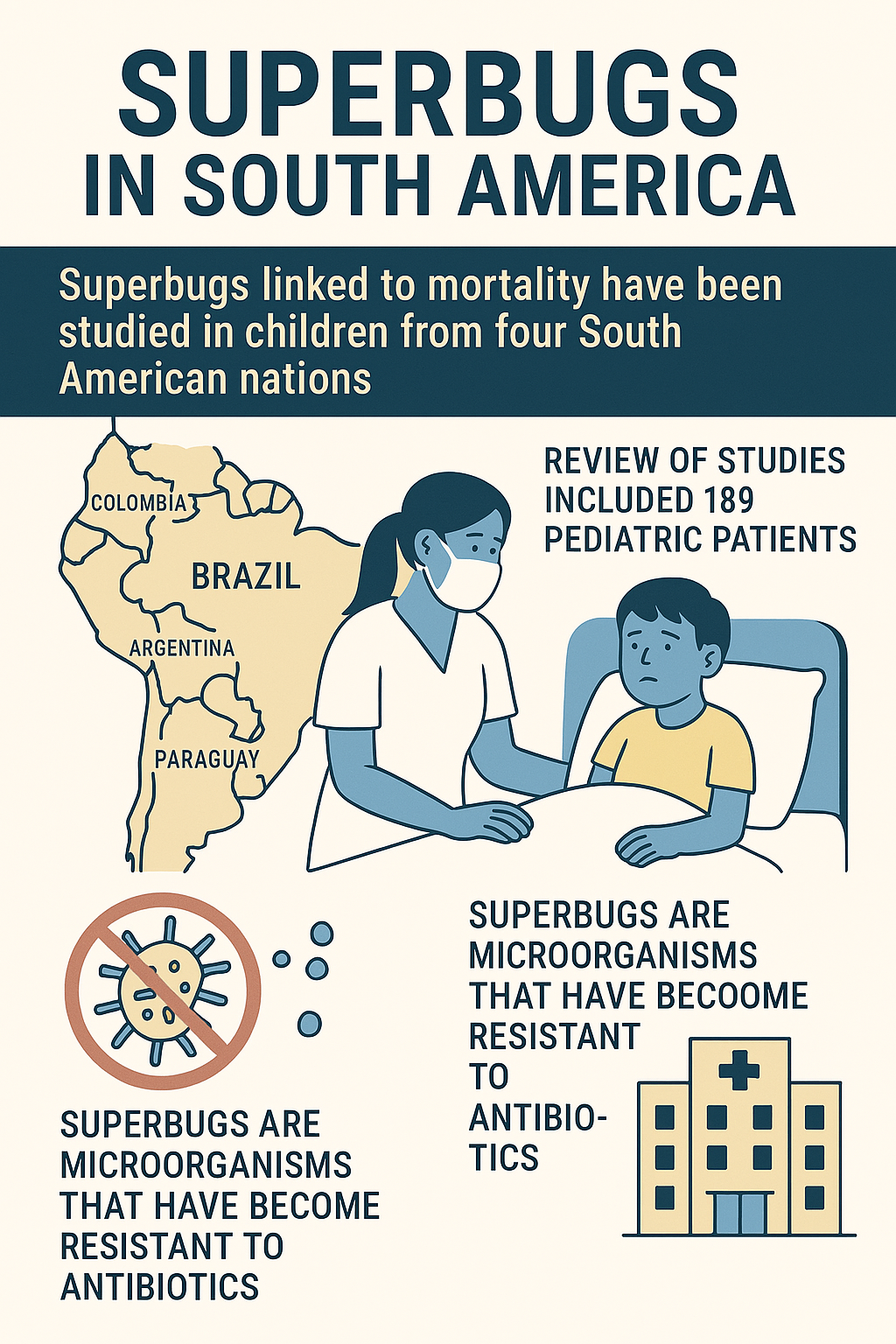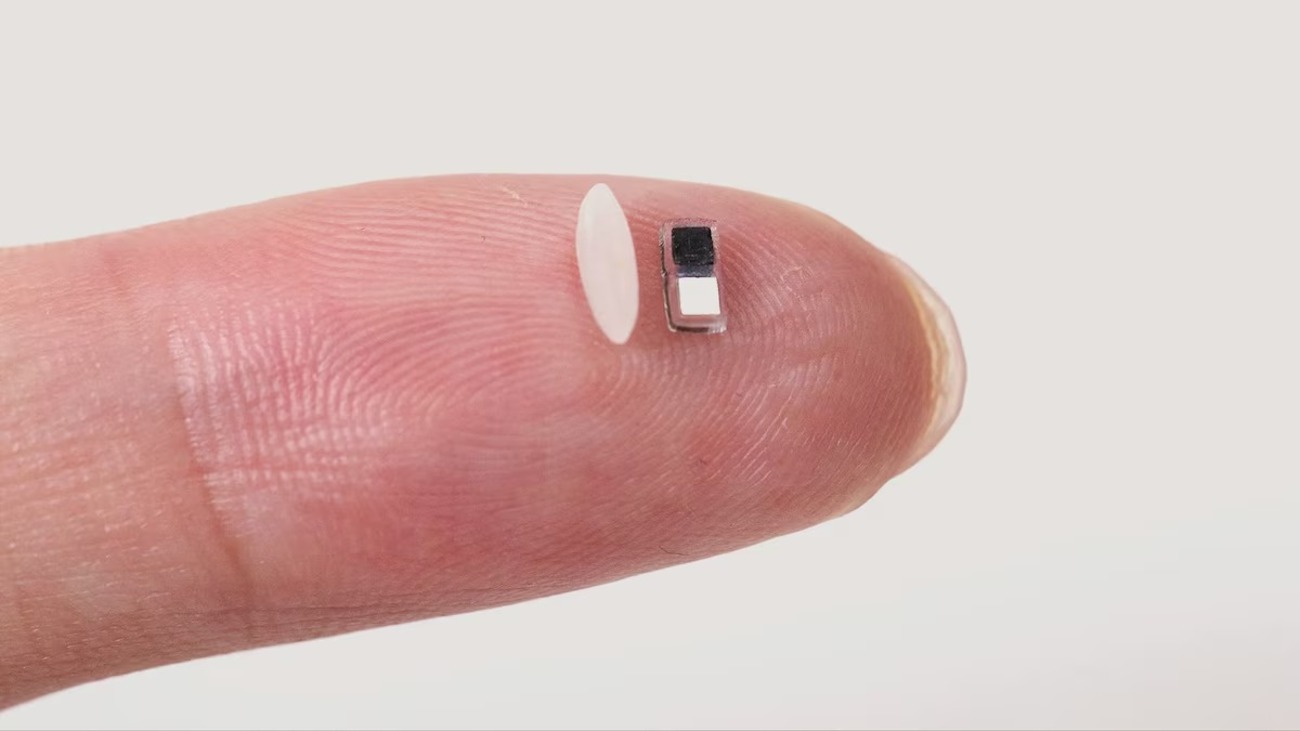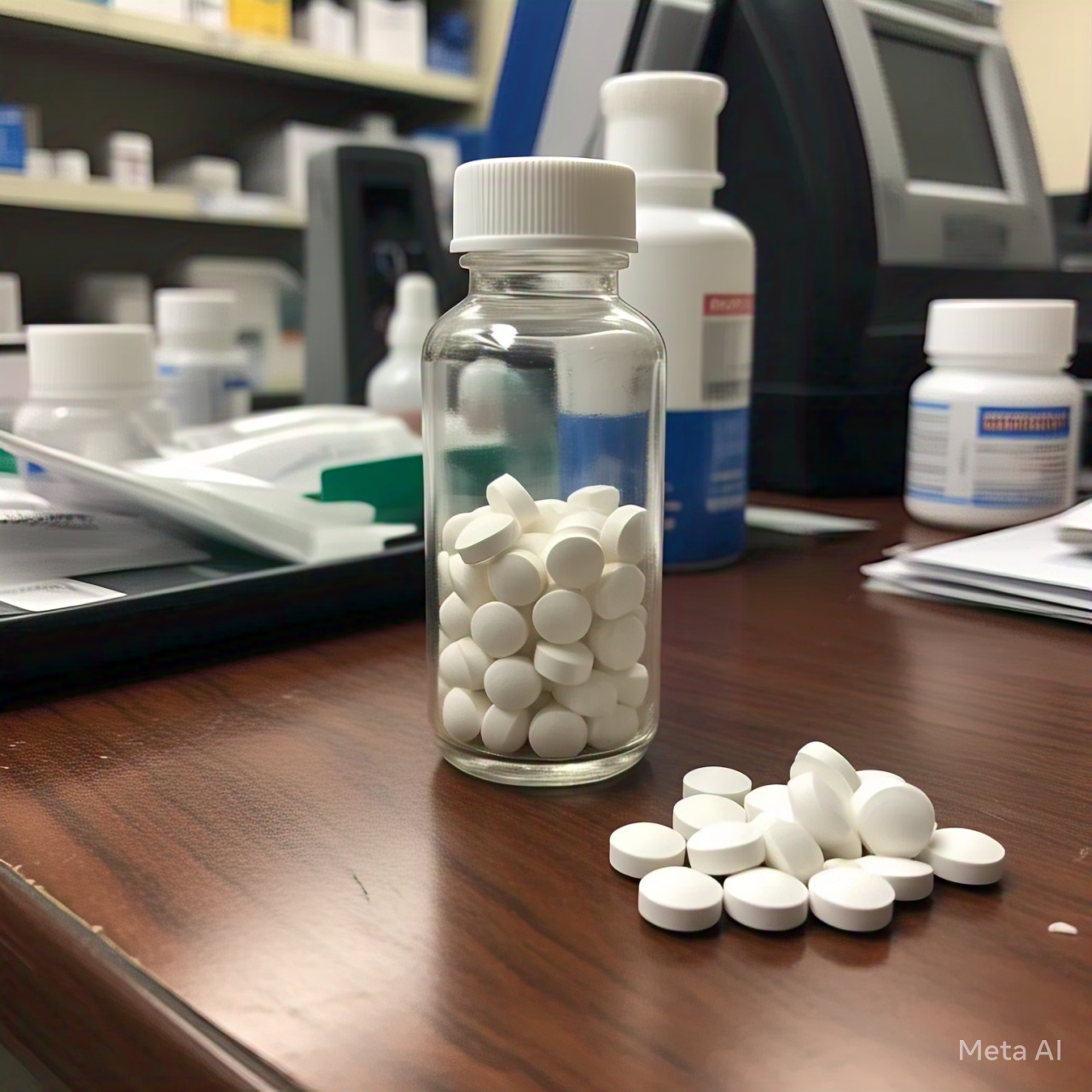
Superbugs Threaten the Lives of Children in South America
Superbugs Causing Child Mortality in Four South American Countries Researchers reviewed studies involving 189 pediatric patients.
Superbugs Causing Child Mortality in Four South American Countries
Researchers reviewed studies involving 189 pediatric patients.
In hospitals and clinics across Brazil, Argentina, Colombia, and Paraguay, an invisible yet deadly threat haunts the most vulnerable patients: children. These are the so-called superbugs — microorganisms that have become resistant to conventional antibiotics, leaving doctors and families with fewer options to fight severe infections.

A recent scientific review, based on data from 189 pediatric patients across these four countries, reveals a worrying situation: child mortality due to superbug-associated infections is on the rise. While this is a global phenomenon, its impact in South America is particularly alarming due to a combination of factors that worsen the crisis: limited hospital infrastructure, scarce public health resources, and the inappropriate or excessive use of antibiotics.
What is most concerning is that most of these infections do not occur in the community, but inside healthcare institutions themselves. Clinics and hospitals, instead of being safe spaces, have become the perfect breeding ground for the spread of these resistant bacteria. This is due to the prolonged stays of critically ill patients, the intensive use of broad-spectrum antibiotics, and in some cases, the lack of strict biosecurity protocols.
In other parts of the world, such as Europe and North America, although superbugs also pose a serious threat, control strategies, epidemiological surveillance, and access to the latest-generation antibiotics have partially contained the problem. However, in many regions of South America, these measures are still insufficient or inconsistently applied, worsening the consequences.
The underlying issue is complex: bacteria evolve and adapt, developing resistance, while the development of new antibiotics is slow and costly. In the meantime, pediatricians are often forced to use second- or third-line treatments, which do not always guarantee recovery.
Experts warn that the solution is not only about developing new drugs, but also transforming hospital practices, improving hygiene conditions, educating healthcare workers and families on the responsible use of antibiotics, and strengthening epidemiological surveillance systems.
Ultimately, the battle against superbugs in South America is urgent and challenging. Protecting the lives of children depends not only on pharmaceutical innovation but also on a genuine commitment to improving medical care and preventive measures throughout the region.











LEAVE A COMMENT: